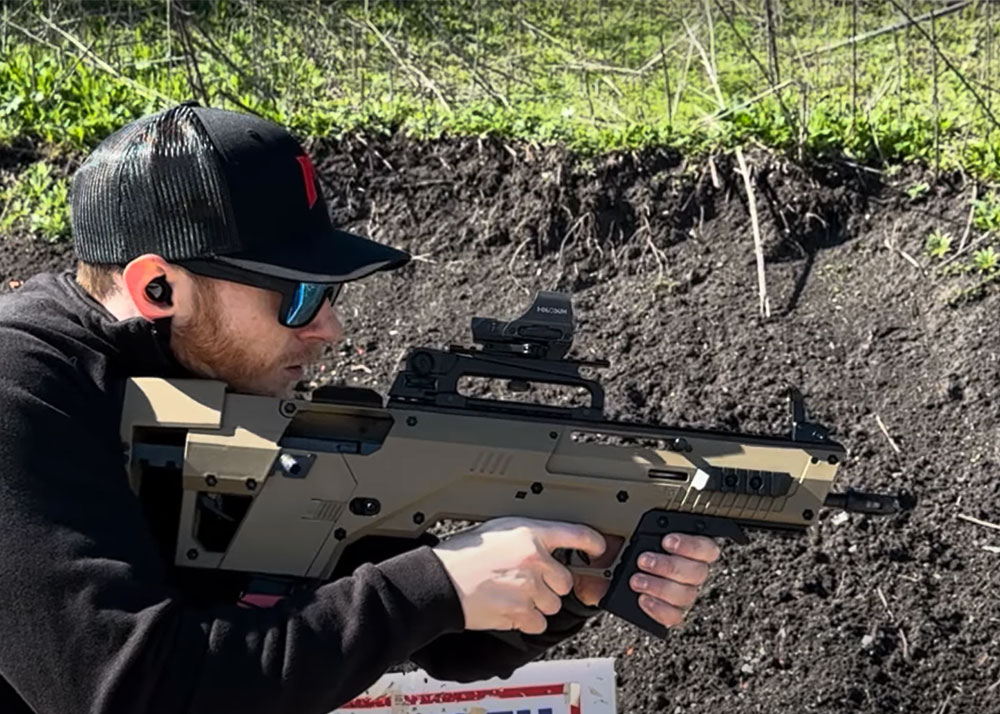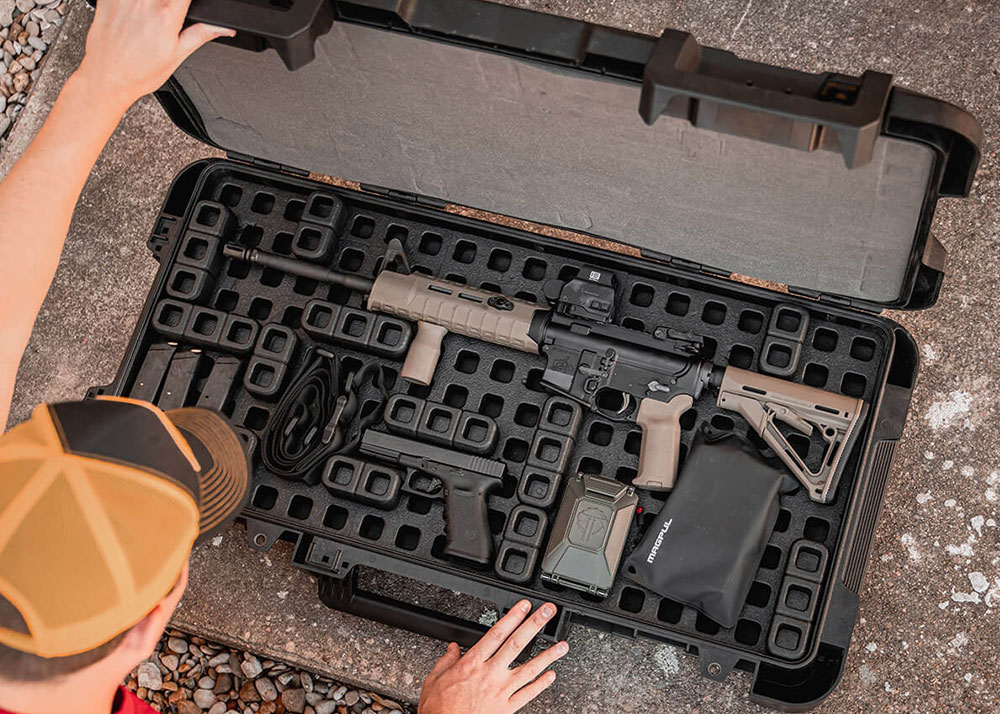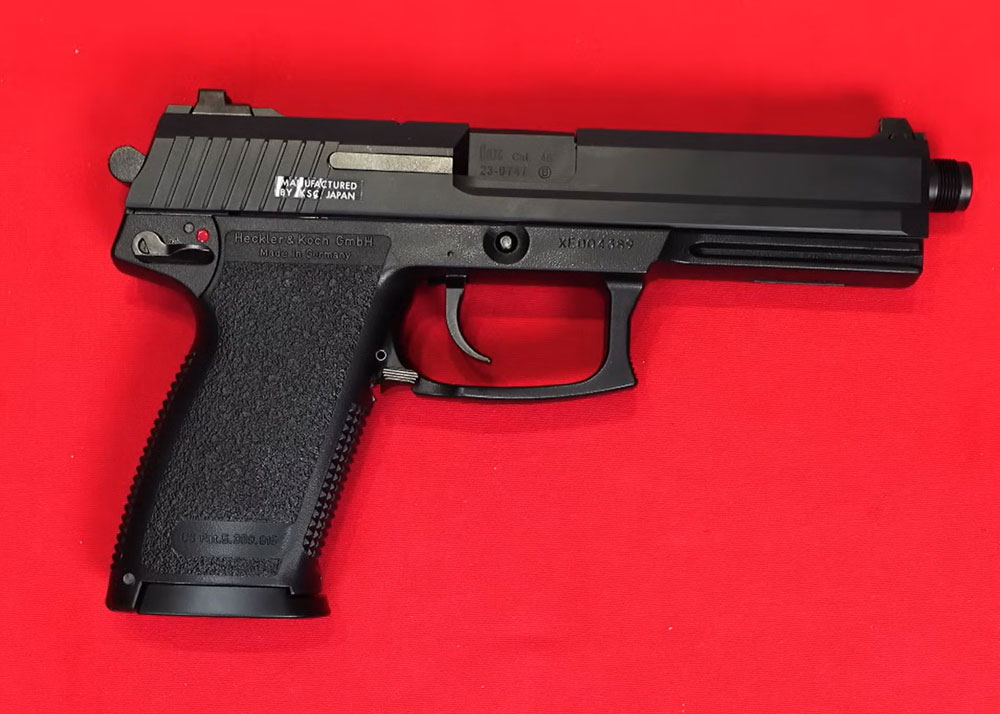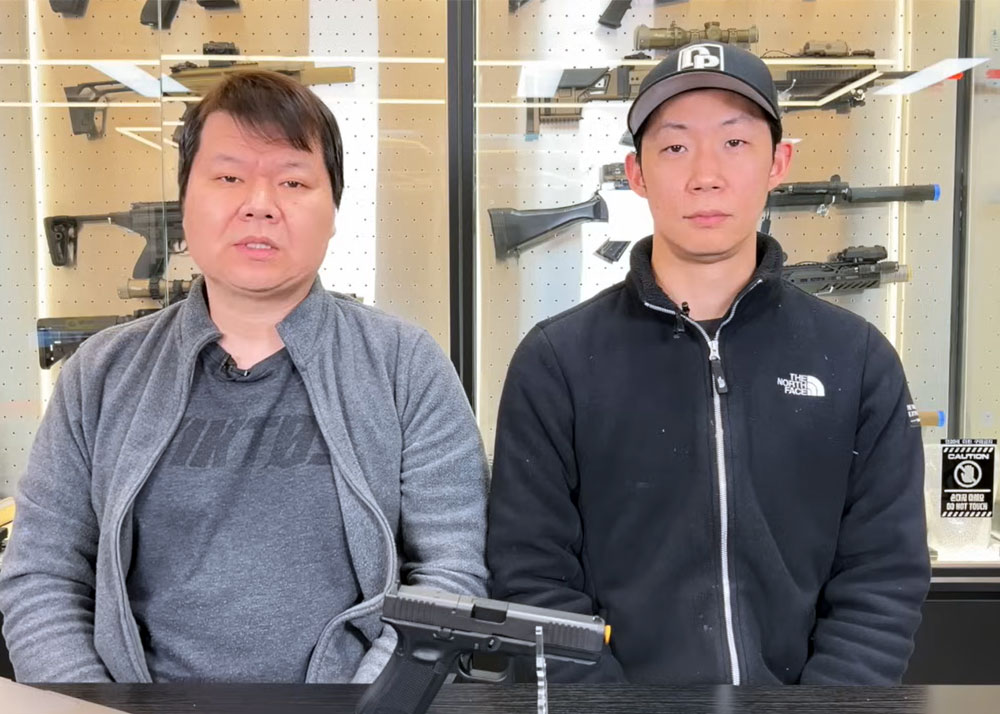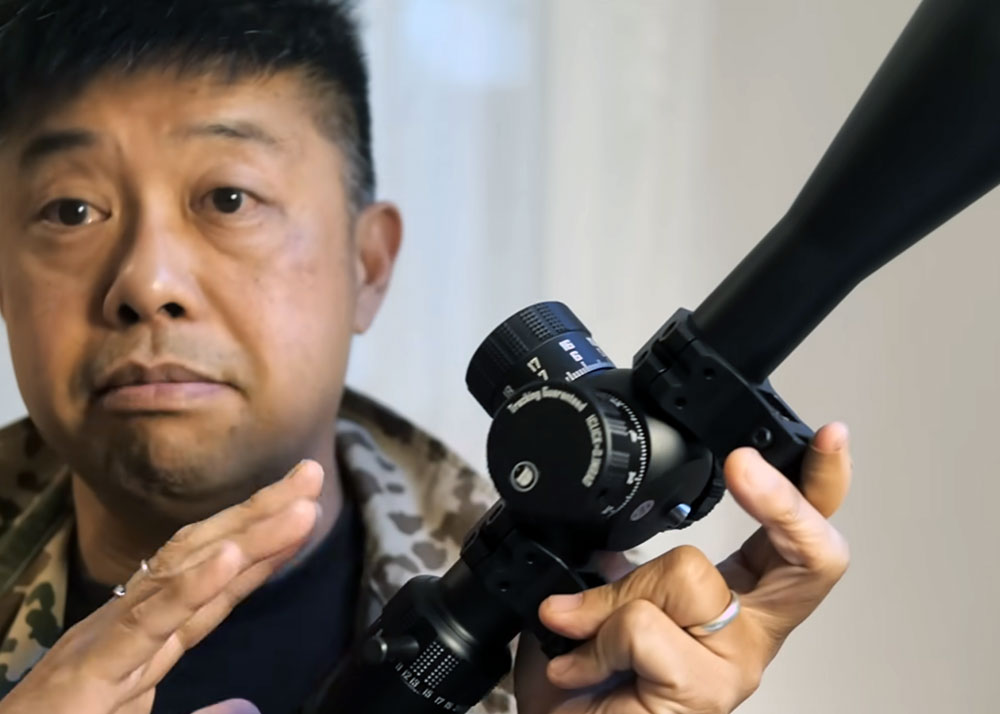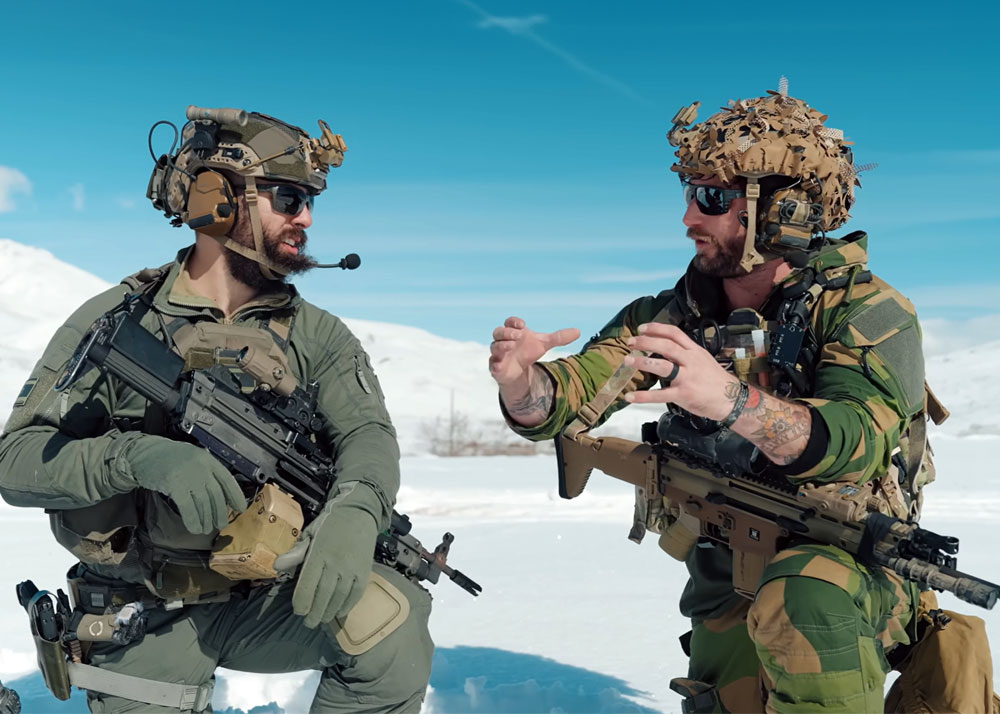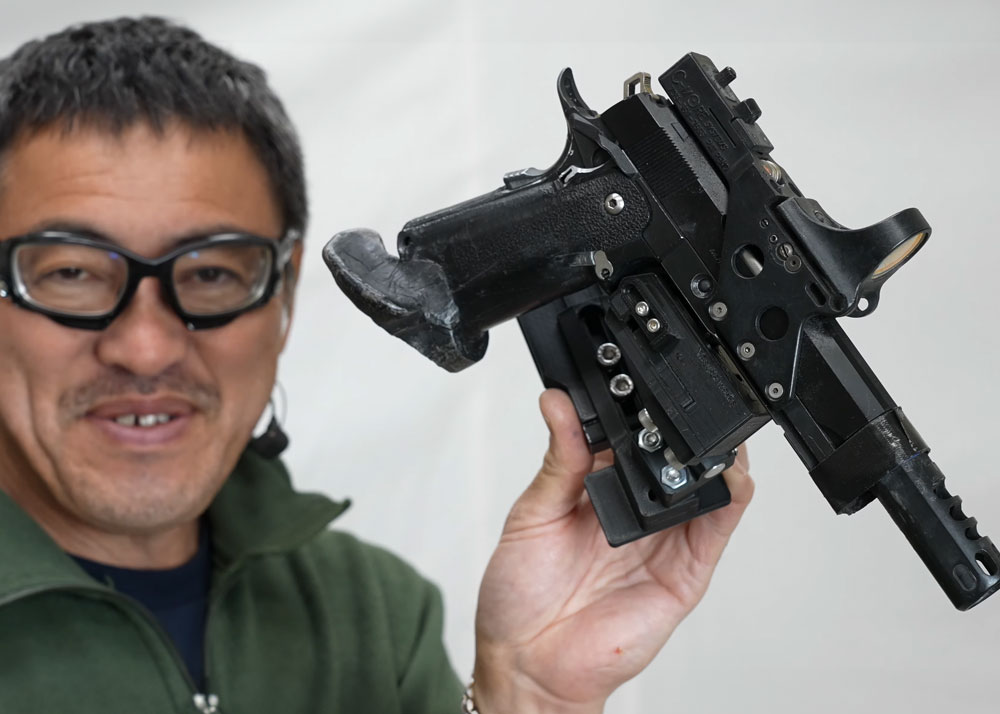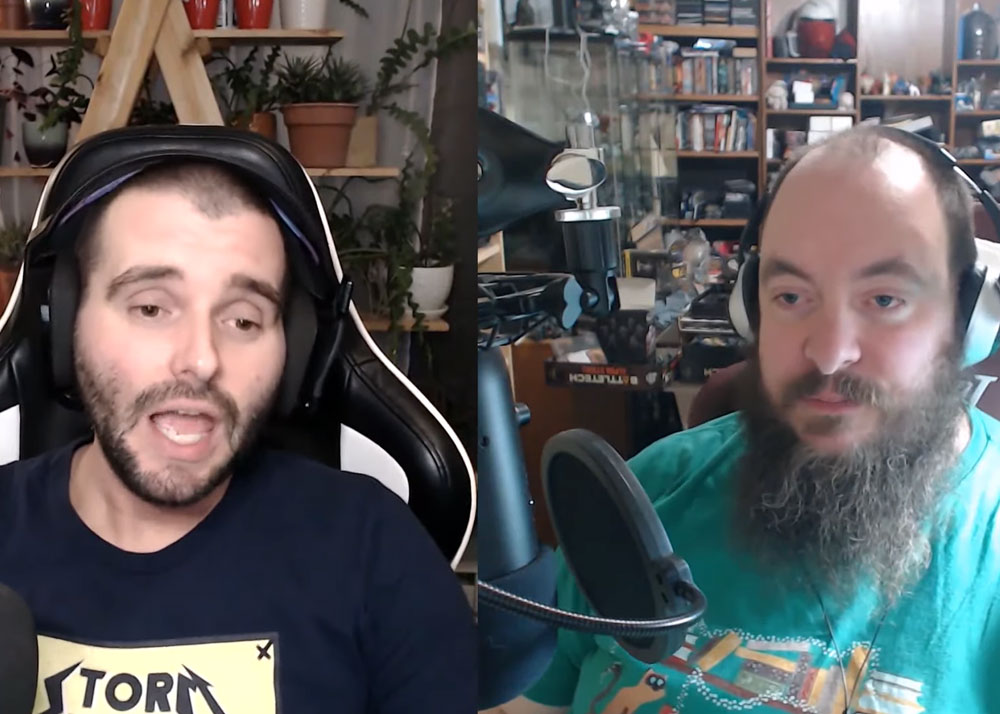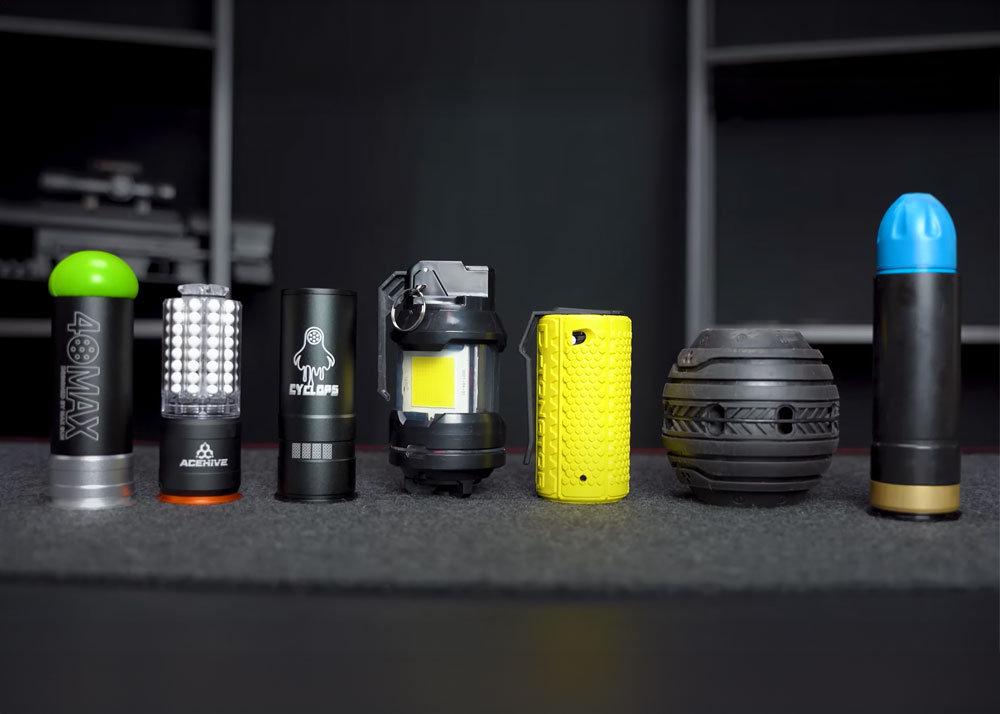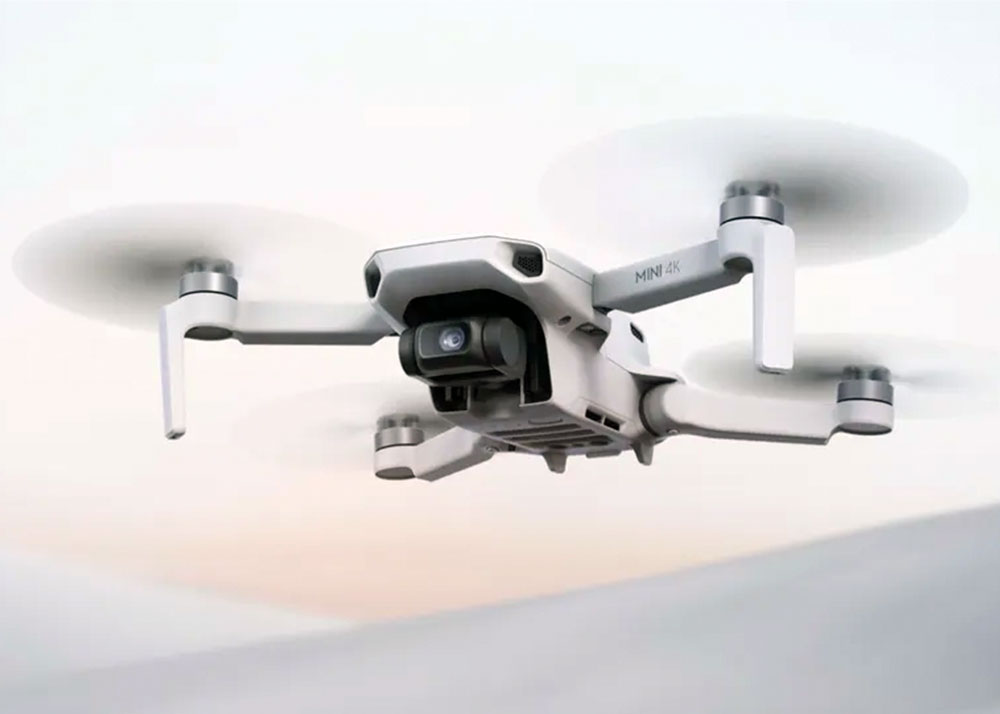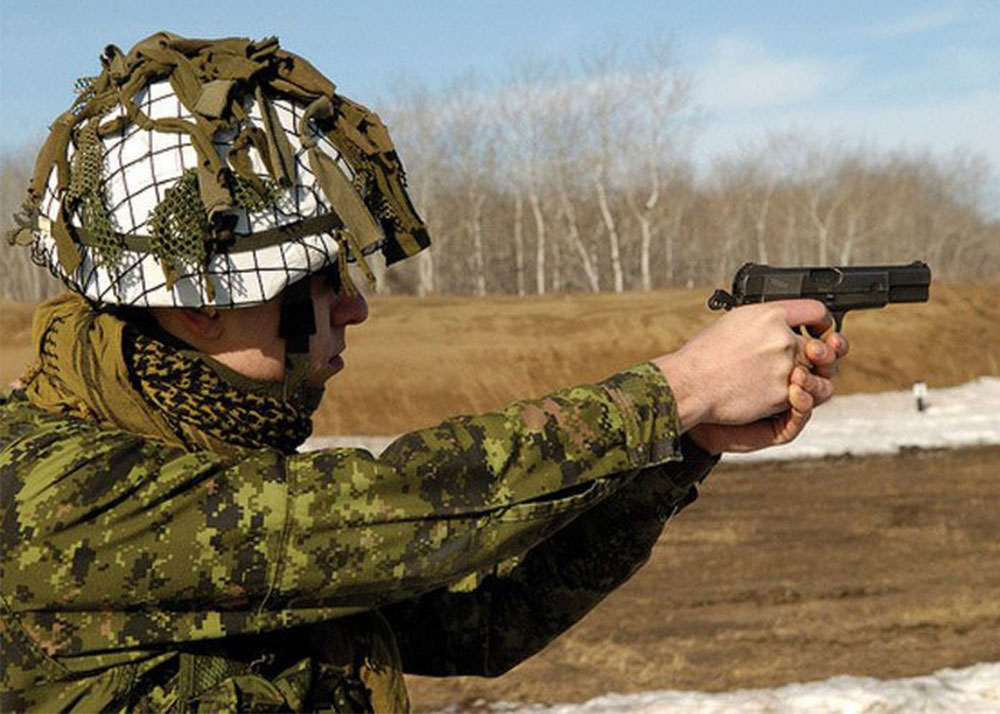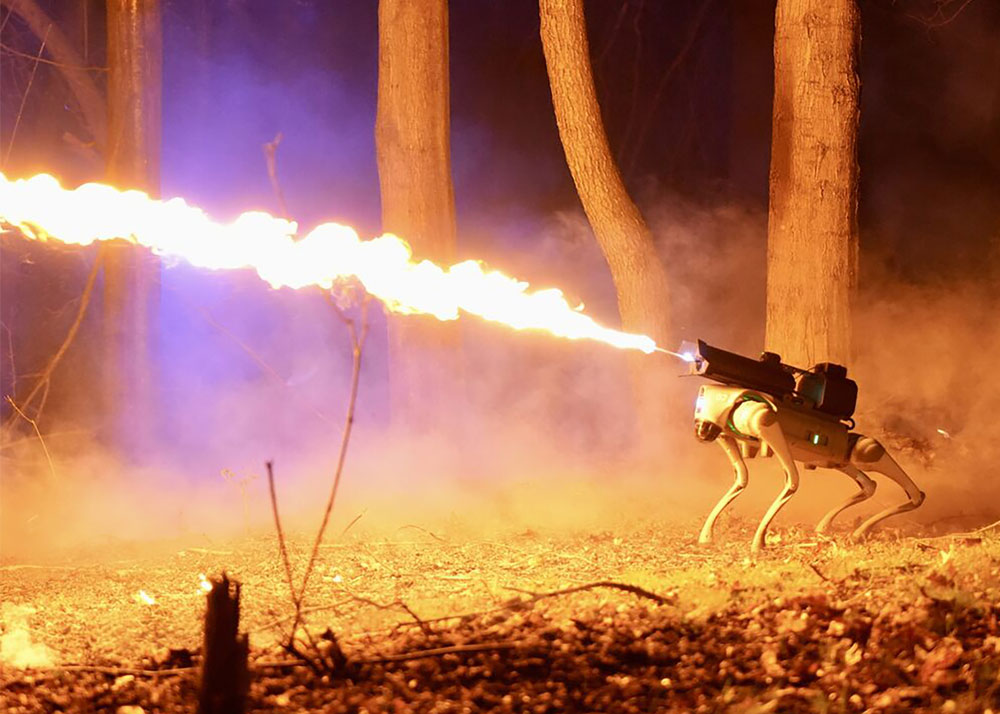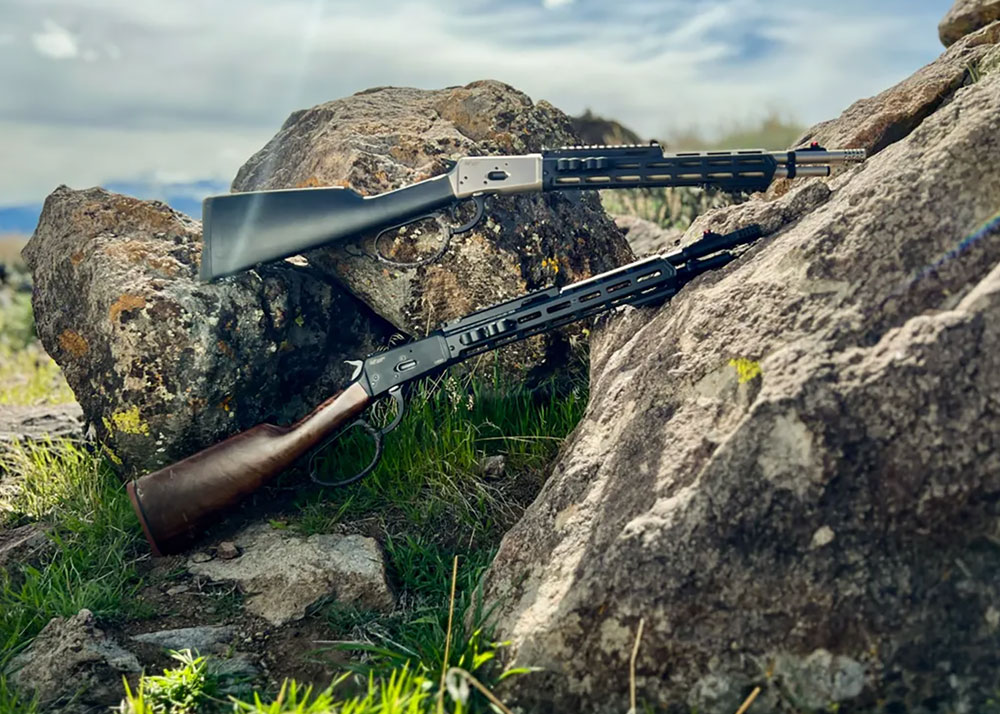50 Years Of Tokyo Marui Part 3: The Company Bets On Airsoft
OptimusPrime
18 Nov 2015
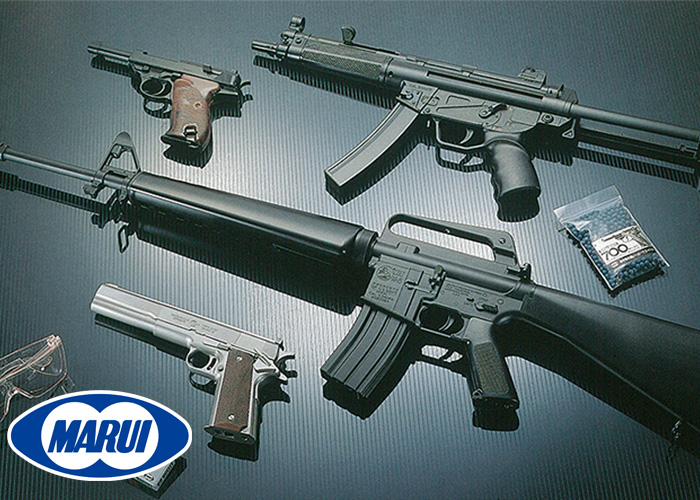
Through the years, circumstances influenced the change of priorities. The "plamodels" were not selling well to expectations with fully assembled products being better sellers. Tokyo Marui considered designing an airsoft gun to follow up with their model gun production. The customers mindset evolved from buying plastic assembly kits of model guns to having a preference for fully assembled toys. With this development, the company decided to develop fully assembled products.
20 years after its establishment did the company release their first airsoft gun. In 1985, they released the Luger P-08, their first 6mm airsoft pistol that sold for JPY1,900 at that time and became a best seller in Japan before the authorities tightened the rules on kids purchasing airsoft guns. At that time, airsoft prices were at least JPY5,000 to 6,000. They entered the airsoft industry on a sure footing, releasing a lower cost product that is 1/3 the price of high-quality products. The Luger P-08 became the talk of town among airsoft fans.
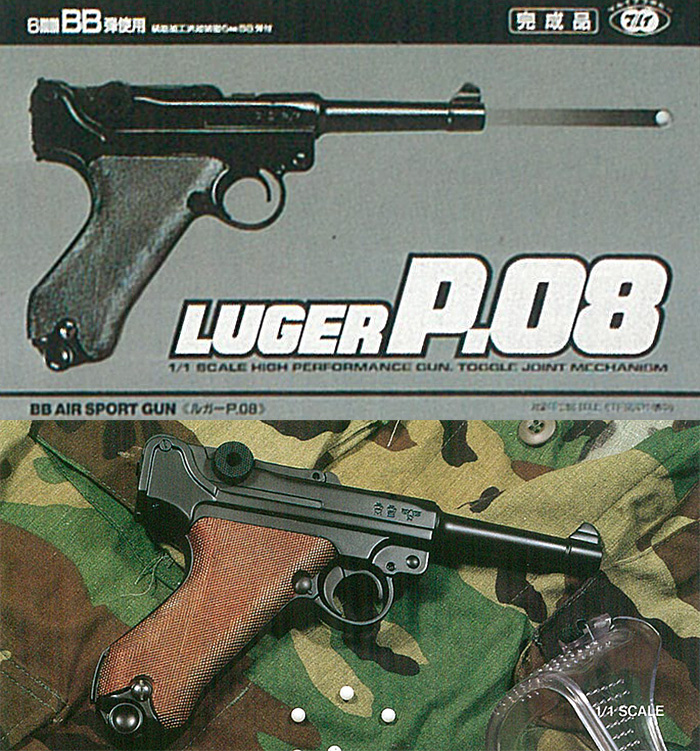
(Photo: Tokyo Marui 1985 Luger P-08 Spring Powered Airsoft Gun)
The Marui Executive Director, Tatsuo Iwasawa, said:
“Making good products at low cost needed many improvements much more than making expensive items that cost JPY20,000 to 30,000.
No matter how (a product) it breaks down because it’s cheap, there is no need to care for the quality of cheap items], in product making, this attitude is wrong, the right attitude should be the opposite. There is nothing wrong for customers to think the opposite. For example, kids save money little by little until they will finally buy the JPY1,900 airsoft gun. For the kids, this airsoft gun is special. Even though the price is JPY1,900 if it is not durable enough and well-specified, the customers will be in trouble. Although our development staff should experience difficulties in making the product, we focused our minds to produce a high quality and affordable product. Moreover, and not surprisingly, the pistol often hit the target. Our competitors' products can’t even do it. Even with the price low, we did not ignore the hit probability.
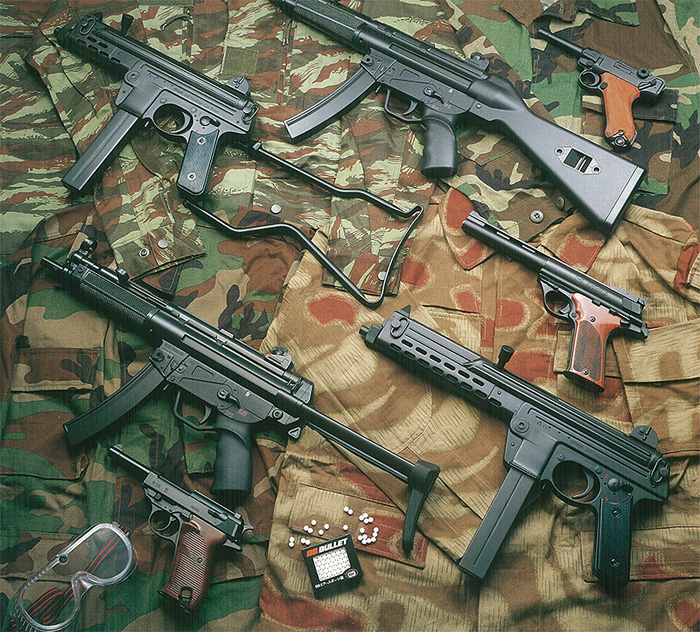
(Photo: Tokyo Marui Spring Powered and Shell-Ejecting Airsoft Guns)
1986 marked the release of the first airsoft gas blowback pistol, the Tokyo Marui S&W M59 GBB which created the gas blowback segment in the airsoft market. The mechanism of the S&W M59 is different from current gas blowbacks, the back slide is done with the spring and moved forward by gas pressure. This was then followed by the HP Browning Gas Blowback Pistol.
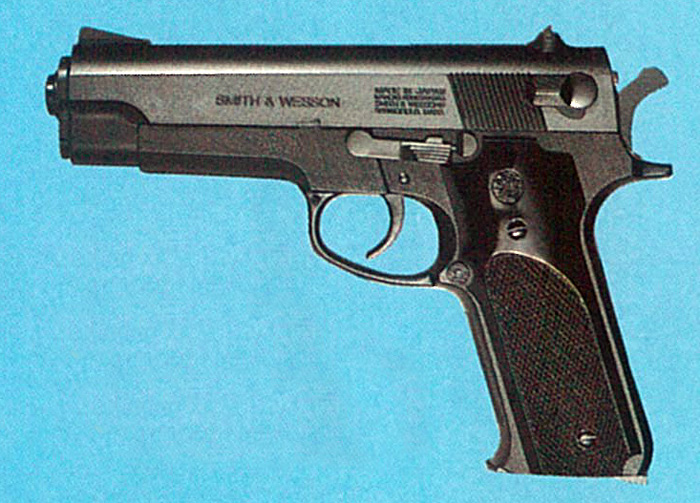
(Photo: 1986 Tokyo Marui S&W M59 GBB)
The airsoft gas blowback was adopted to reproduce real gun’s actuation such as the power of firing and realistic feeling. Just firing BB bullet, a blowback function is not really needed. However, people like a more realistic visual effect, operation and function. If much of the product is like the real thing, fans would love it as the always seek realism in airsoft. Before that, only the model guns (cap guns) had the blowback function. With the blowback function finally adopted in an airsoft gun, the fans went wild about it.
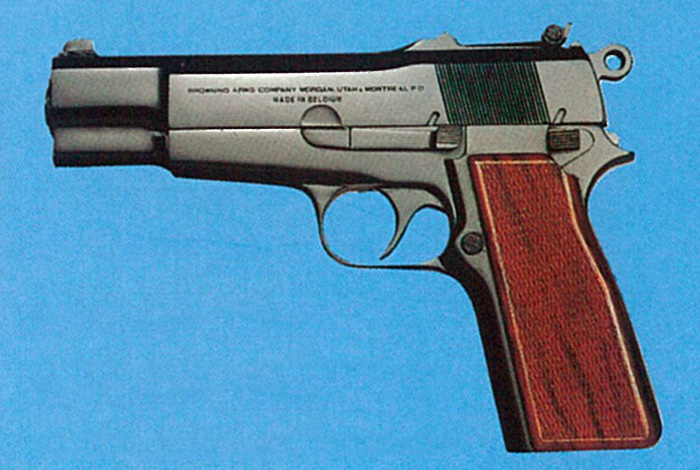
(Photo: Tokyo Marui HP Browning GBB Pistol)
Tokyo Marui stuck to its principle of making “moving and movable toy models.” They have always thought it interesting to make “the model reproduced in physical appearance and motion”, and they think it’s more fun the model can move. All Marui products including the "plamodels" and RCs have moving parts. For Marui, moving and movable airsoft guns are not surprising as they only pursue realistic motion. With such mindset put into the developing airsoft guns, their gas blowback series was born.
At this point, airsoft wargaming started getting popular in Japan and spreading out to the region such as the Philippines, Taiwan and Hong Kong. From this period up to 1991, the company produced airsoft spring pistols, gas pistols, gas submachine guns that eject shell casings out, and spring rifles but never produced airsoft gas rifles for survival games. Other Japanese airsoft manufacturers, such as MGC, Asahi, JAC, etc. were making their Flon-powered (Freon with Silicone Oil) or HPA-powered airsoft guns that have players hooking up a hose for their airsoft guns to connect to tanks. Even though Tokyo Marui thought playing airsoft that way was attractive; however, they felt something was wrong with those airsoft gun types due to the need to connect to a gas or air tank.
Also within this period, they completed their Headquarters building in Ayase (1987) and opened a comprehensive distribution centre in Tsukuba, Ibaraki Prefecture (1988).
To be continued... Tomorrow, read about the start of the AEG Revolution in Airsoft.
- Read: 50 Years Of Tokyo Marui Part 1: The First Ten Years
- Read: 50 Years Of Tokyo Marui Part 2: Model Cars & Model Cap Firing Guns
- Read: 50 Years Of Tokyo Marui Part 4: 1991 - The AEG Revolution Starts
- Read: 50 Years Of Tokyo Marui Part 5: Entering The 21st Century
- Read: 50 Years Of Tokyo Marui Part 6: 20 Years Of The AEG & Going Strong

